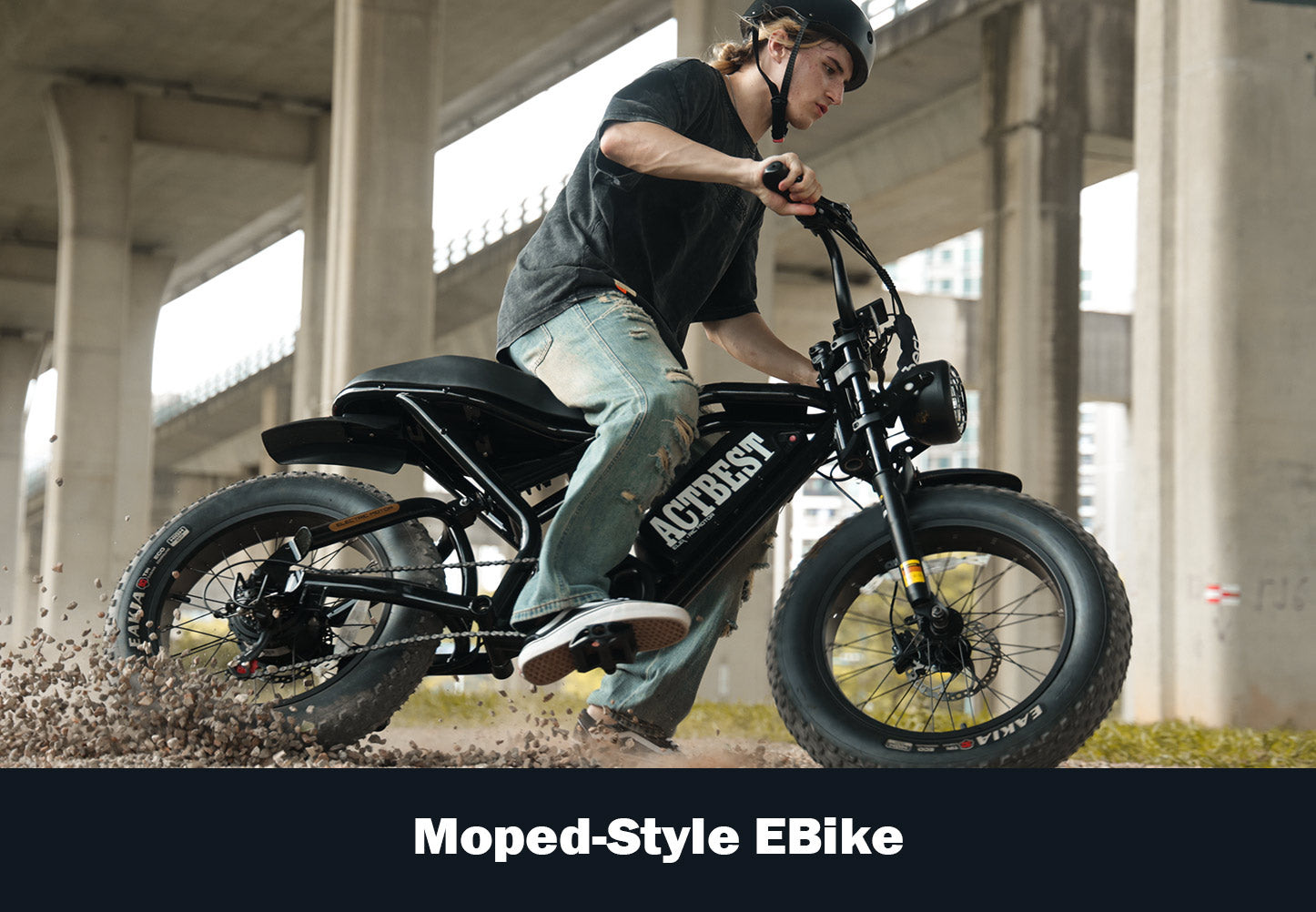Unleash the Power: Discover the Secrets Behind Electric Bicycle Kits!
As the world becomes increasingly focused on sustainable transportation, electric bicycles are rapidly gaining popularity among cycling enthusiasts and casual riders alike. Electric bicycle kits offer a unique opportunity for individuals to transform their traditional bicycles into electric-powered machines, enhancing their riding experience and making cycling more accessible. The advantages of converting a standard bike into an electric one are numerous—improved efficiency, reduced effort on long rides, and the ability to tackle challenging terrains with ease. In this article, we'll delve deeper into electric bicycle kits, exploring their features, how they work, and the installation process. Whether you're an avid cyclist or just beginning your journey, understanding electric bicycle kits can open up a whole new world of cycling possibilities.

Understanding Electric Bicycle Kits
Electric bicycle kits are comprehensive packages that allow users to convert their standard bicycles into electric bikes (e-bikes). These kits typically include several key components: a motor, a battery, a controller, and installation hardware. The motor is usually mounted either on the wheel hub or in the crankset, while the battery is mounted on the frame. The controller connects these components and regulates the power supplied to the motor. There are various types of electric bicycle kits available, including hub motor kits and mid-drive kits, each offering different advantages based on the rider's needs. Hub motor kits are easier to install and maintain, while mid-drive kits provide better weight distribution and performance on steep inclines. Knowing the different types of kits available can help you make an informed decision when considering adding electric power to your cycling experience.
Key Features of Electric Bicycle Kits
When selecting an electric bicycle kit, several essential features should be considered. Motor power is a primary factor, with options typically ranging from 250W to 750W. A more powerful motor can assist you more effectively, especially on hills or against strong winds. Battery capacity is another critical aspect, measured in amp-hours (Ah); higher capacity means longer rides between charges. It's also important to consider the voltage of the battery, as this impacts the overall performance of the motor. Control systems vary, with some kits offering LCD displays that show speed, battery life, and other performance metrics, while others may rely on simple LED indicators. Additionally, compatibility with various bike types is crucial; ensure that the kit you choose is designed for your specific bicycle style, whether it's a mountain bike, road bike, or commuter bike. Understanding these key features will help you select the right kit that meets your cycling needs.
How Electric Bicycle Kits Work
The mechanics behind electric bicycle kits are fascinating and relatively straightforward. When you pedal your bike, the motor provides assistance, making your ride smoother and less strenuous. The level of assistance can often be adjusted via a throttle or pedal-assist system, allowing you to customize your experience based on your preferences or the terrain you're tackling. The battery plays a crucial role in this system, supplying power to the motor as needed. As you ride, the controller manages the flow of electricity from the battery to the motor, ensuring optimal performance and efficiency. The interaction between these components creates a seamless riding experience, where the motor boosts your pedaling power without overwhelming you with excessive speed. This harmonious relationship allows riders of all fitness levels to enjoy longer distances and explore new routes without the fear of fatigue. Understanding how these components work together can enhance your appreciation for electric bicycles and their capabilities.
Installation and Maintenance Tips
Installing an electric bicycle kit can seem daunting, but it's often a manageable task with the right tools and guidance. Most kits come with detailed instructions, and you'll typically need basic tools like a wrench, screwdriver, and possibly a torque wrench for precise fittings. It's essential to follow the installation guide closely to avoid common pitfalls, such as misaligning the motor or improperly securing the battery. If you're unsure, many local bike shops offer installation services or can provide assistance. After installation, regular maintenance is crucial to keep your kit functioning efficiently. This includes checking the battery's charge level, ensuring all connections are secure, and cleaning the motor and battery terminals to prevent corrosion. Additionally, keep an eye on tire pressure and brakes, as e-bikes can experience different wear patterns due to the added weight and speed. By staying proactive with maintenance, you can extend the lifespan of your electric bicycle kit and enjoy many rewarding rides.
Embrace the Electric Biking Experience
Electric bicycle kits represent a fantastic way to enhance your cycling experience, offering an exciting blend of technology and mobility. From understanding the various components and key features to learning how they work and how to maintain them, this guide aims to empower you in your journey toward electric biking. Converting your traditional bike into an electric bike can open up new roads and adventures, making cycling accessible and enjoyable for everyone. As you consider the potential of electric bicycle kits, remember that they can transform not just your bike but your entire approach to cycling. Embrace the change and unleash the power of electric biking today!








